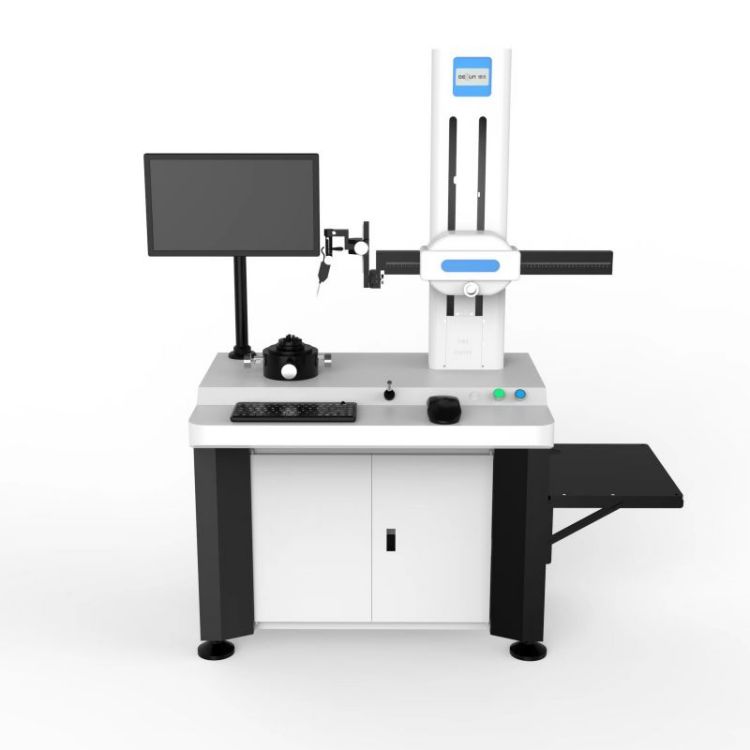I. Variety Selection and Planting Techniques
1. Variety Selection: Choose varieties with a short fruit development period, early maturity, large fruit size, vibrant color, excellent flavor, good pollination ability, and high yield. Commonly used cultivars in production include Purple Amber and Special Early Red. The main cultivars and pollination varieties are planted in a 5:1 ratio to ensure effective cross-pollination and optimal yield.
2. Planting Specifications: Greenhouse planting is carried out at a height of 2 meters and 1 meter, with plants placed 100 cm away from the northern wall. The southernmost plant should be 80 cm from the front wall to allow for proper air circulation and light exposure.
3. Planting Ditch Preparation: Dig ditches that are 40 cm deep and wide. After backfilling with topsoil, add 100 kg of organic fertilizer per manure pit, along with 2 kg of compound fertilizer. Water thoroughly after planting to help establish the roots.
II. Tree Management
1. Tree Shape: The tree is trained into a spindle shape, with a height of 1 to 1.8 meters, a trunk height of 30 cm, and 4 to 5 layers of branches. There are 12 to 15 main branches, evenly distributed and growing parallel. The angle of the main branches should be between 70° and 80°, and their length should range from 40 cm to 70 cm, suitable for planting in 2m x 1m spacing.
2. Summer Pruning: During summer, perform pruning based on the desired tree shape. Use techniques such as bud removal, branch softening, tip twisting, and angle adjustment to control upright growth and promote balanced growth. After harvesting, prune back long shoots to moderate branches, keeping a new shoot at the tip.
3. Winter Pruning: Focus on removing long shoots, especially those without flowers, crossing branches, or overly dense branches. Also, trim upright branches on the back to control tree height and maintain vigorous growth, which enhances fruiting capacity.
4. Chemical Control: In mid to late July each year, apply paclobutrazol (15% solution diluted 300 times) once daily for seven days, or spray up to three times to regulate tree growth and encourage flower bud formation.
5. Flowering Management: Assist pollination using artificial methods, feather hairpins, or bees to increase fruit set. Thin fruits twice: first three weeks after flowering to remove small, double, or crowded fruits, and second five weeks later, adjusting the number of remaining fruits based on a yield target of 2000 kg per acre. Distribute the remaining fruits evenly on the branches.
III. Pest and Disease Control
1. Disease Prevention: Greenhouse plums are prone to leaf spot. Before bud break, spray 5°Bé lime sulfur. During summer, apply a 1:4:240 zinc sulfate lime solution every 20 days to prevent disease.
2. Insect Pest Control: Ten days after warming, spray insecticide (1500 times dilution) during locust egg hatching. For spider mites, use 1500 times dilution of broom or 2500 times Qishaosu. Treat leaf roller moths with diflubenzuron at 1500 times dilution.
IV. Fertilization and Irrigation
After planting seedlings, create shallow trenches (20 cm wide, 5 cm deep) between rows for irrigation, drainage, and fertilization. In the early growth stage, apply fertilizer every 10 days, using 25 kg of ammonium bicarbonate or potassium dihydrogen phosphate from bud to bloom. During fruit development, apply 25 kg of urea, diammonium phosphate, and potassium sulfate. After harvest, provide underground fertilization with 100 kg of ammonium bicarbonate or 50 kg of urea. In September, apply 3,000 kg of organic fertilizer (mainly chicken manure), along with 30 kg of diammonium phosphate, 30 kg of potassium sulfate, and 30 kg of urea. Water after each fertilization. Additionally, irrigate 1–2 times depending on soil moisture and loosen the soil after watering.
V. Temperature and Humidity Control
1. Temperature Regulation: Plum trees require a dormancy period of 40–50 days at 0°C–7°C for 1000–1500 hours. After leaf fall, forced dormancy begins, and cooling is necessary before warming. After warming, adjust temperature by controlling ventilation. Optimal temperatures vary: 13–15°C during early bloom, 3–5°C at night, 18–20°C during the day, not exceeding 22°C. Nighttime temperatures should be 6–8°C. During fruit growth, daytime temperatures should be 25–28°C, and nighttime 10–12°C. During fruit coloring, daytime max 30°C, nighttime 10–15°C. Remove the plastic film when outside temperatures reach 10–12°C at night.
2. Humidity Regulation: Maintain 70% relative humidity from cover to germination, 50% during flowering, 60–70% during fruit expansion, and 50% during fruit coloring. Adjust humidity through irrigation.
VI. Fruit Harvesting
Harvest fruits when they are mature and fully colored. For long-term storage or transport, pick about 80% of the fruits when they are ripe. Avoid watering 10 days before harvest. Harvest in the morning after dew has disappeared to avoid heat stress during midday.
Cylindrical Roundness Tester
A measuring instrument for quantitatively evaluating the cylindricity of a cylinder by measuring the actual contour of the cylinder using the precise rotation centerline as the reference standard and the precise linear motion guide rail as the reference standard. It can be used to measure cylindrical shape errors (roundness, cylindricity, straightness, and flatness), position errors (coaxiality and verticality), etc.

The cylindrical Roundness Tester is mainly used to measure the roundness, cylindricity, straightness, concentricity, coaxiality, flatness, parallelism, perpendicularity, surface waviness, discontinuous surface, etc. of various regular and irregular circular workpieces. It can also perform spectrum analysis, wave height analysis, eccentricity, shaft bending analysis, and runout analysis on workpieces.
This device has excellent cost-effectiveness, full measurement capability, and is easy to learn and use.
Cylindrical Measuring Instrument,Cylindricity Measuring Instrument ,3D Image Measuring Instrument,Roundness Measurement Instrument
Zhejiang dexun instrument technology co., ltd , https://www.dexunmeasuring.com
